Introduction
When a fire tore through a Midwest automotive parts warehouse in 2023, the facility’s rolling fire shutters bought firefighters 90 critical minutes to contain the blaze. It’s real-world stories like this that have pushed rolling fire shutters from something that’s optional to essential safeguards in every building. Apart from their ability to defend against fires, today’s rolling fire shutters also have smart automation, allowing them to handle daily operations while standing ready to spring into action when disaster strikes.
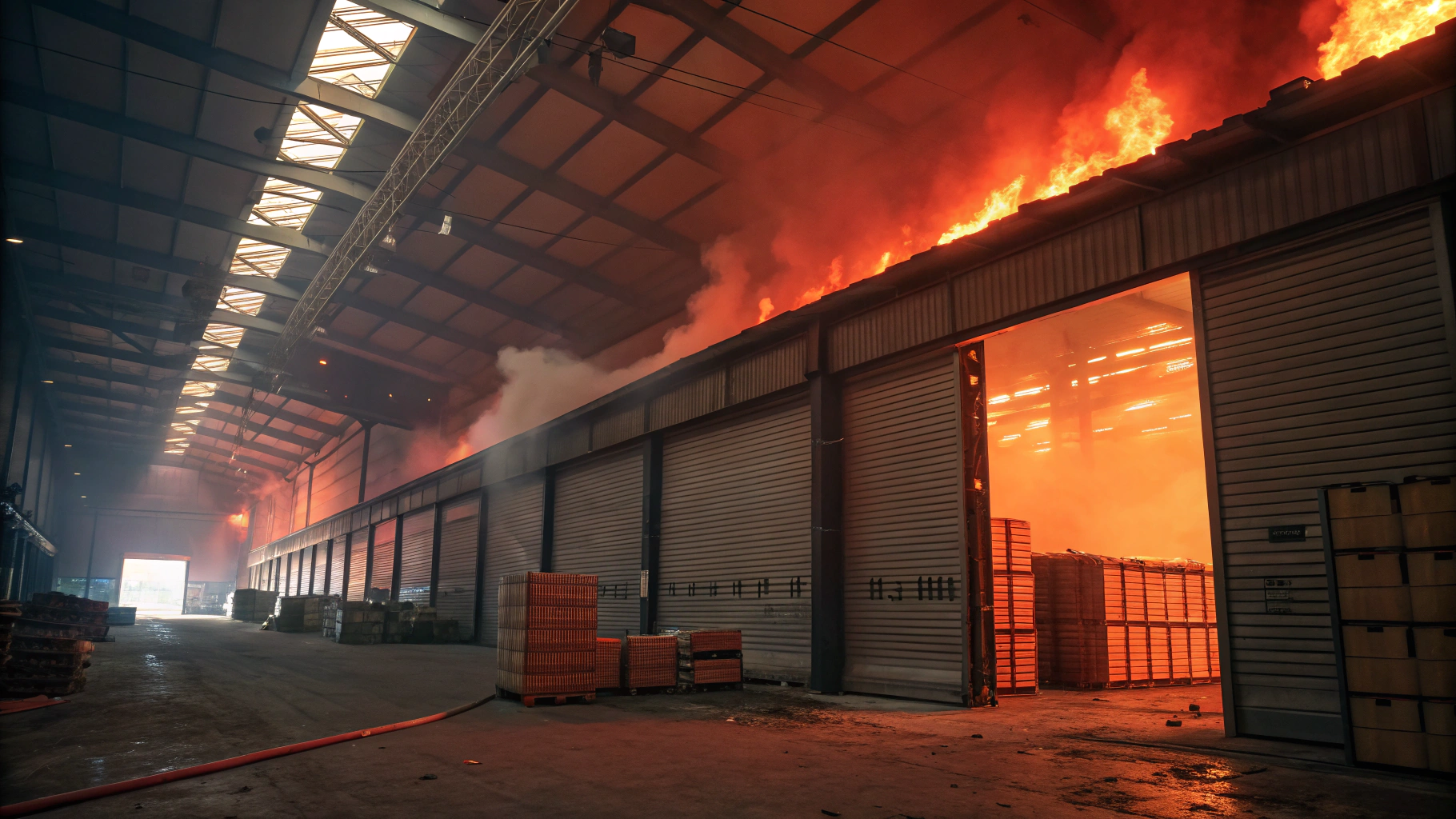
1. What Makes Rolling Fire Shutters Indispensable
1.1 Engineered for Extreme Conditions
Modern rolling fire shutters act as fortified barriers, using steel or titanium-reinforced aluminum slats coated with intumescent paint that swells under heat. These materials withstand temperatures over 1,800°F (1,000°C) for up to four hours, meeting strict certifications like UL 10D and NFPA 80 (National Fire Protection Association Standard 80) [A1, B2]. Facilities in earthquake-prone regions like California often pair them with seismic-rated tracks to maintain functionality during disasters.
1.2 Smarter Than Your Average Shutter
Today’s systems integrate directly with building alarms. When sensors detect smoke or heat, shutters automatically descend within seconds. A Chicago distribution center credits this feature with preventing $2.3 million in inventory loss during a 2024 electrical fire. Battery backups ensure operation during power failures, while IoT-enabled models send real-time status alerts to facility managers’ phones [H4, J1].

1.3 Beyond Flames: Hidden Perks
Beyond fire containment, these shutters:
- Reduce HVAC costs by 18% in refrigerated warehouses through insulated cores
- Dampen machinery noise by 50% for factories near residential zones
- Serve as after-hours theft deterrents, cutting break-in rates by 37% at Texas retail parks [E5, A5]
2. Real-World Impact: How Shutters Transform Safety
2.1 Containing Chaos
The grim fact is that smoke claims more lives than flames. This is highlighted by the 70% of fire-related fatalities caused by inhalation 1. But by using rolling shutters that seal off zones, you can easily combat this. The EU’s EN 1634-certified models can also block smoke spread for four hours, giving responders time to safely evacuate occupants .
2.2 When Seconds Count
During a 2023 blaze at a New Jersey chemical plant, fire-rated shutters delayed the inferno’s spread just long enough for crews to isolate volatile materials. “Those 90 minutes saved the entire block,” recalls plant manager Luis Torres. Such scenarios explain why cities like NYC mandate NFPA 80-compliant systems in high-rises 2.
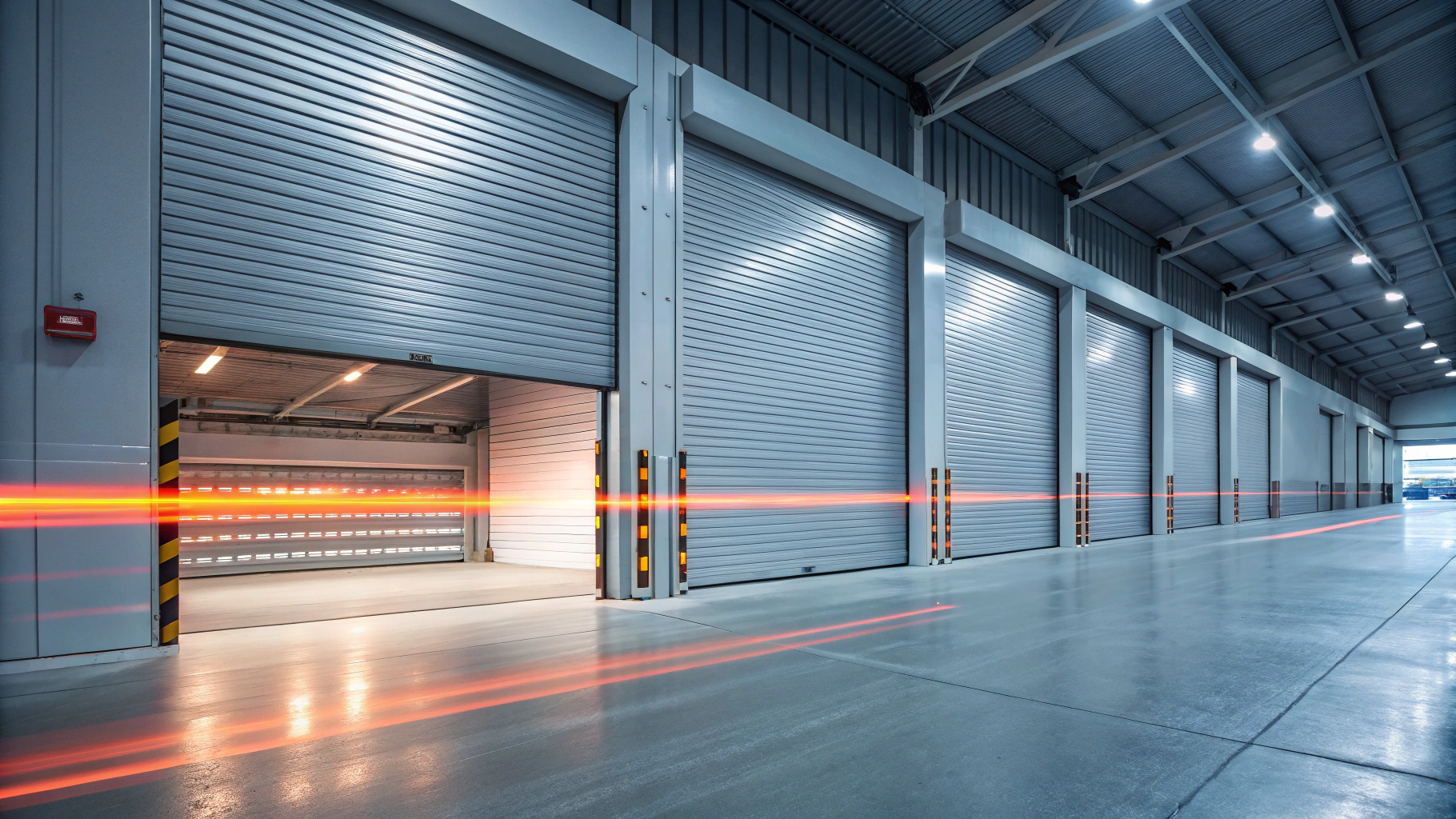
3. Choosing Your Shield: Shutter Types Decoded
| Type | Best For | Fire Resistance | Key Advantages |
|---|---|---|---|
| Fire Roll-Up Shutters | • Industrial loading docks • Aircraft hangars |
1–4 hours 3 | • Meets NFPA 80 • Withstands forklift impacts |
| Steel Non-Insulated | • Retail storefronts • Office lobbies |
45–90 minutes 4 | • Budget-friendly • Low maintenance |
| Insulated Fire Shutters | • Food storage • Pharma labs |
2–3 hours 5 | • Blocks heat transfer • Cuts energy bills |
| Fire Curtains | • Museum atriums • Server rooms |
30–60 minutes 3 | • Nearly invisible • Custom widths |
 Food processors like Midwest Cold Storage swear by insulated models: “Our energy audits showed 22% cooling savings after installation,” notes operations director Amy Chen.
Food processors like Midwest Cold Storage swear by insulated models: “Our energy audits showed 22% cooling savings after installation,” notes operations director Amy Chen.
4. Buyer’s Checklist: 7 Non-Negotiable Factors
- Certifications: Match local codes. 60 minutes for stores vs. 240 minutes for oil refineries 7
- Material: Titanium-aluminum blends outperform standard steel in coastal areas
- Automation: Geared motors handle warehouse-sized openings, while tube motors suit shops
- Warranty: Top brands offer 10-year coverage on mechanisms. Don’t forget to read the fine print on exclusions
- Smart Features: Prioritize systems compatible with existing IoT platforms
- Install Crews: Only 12% of U.S. installers are NFPA 80-certified, so verify credentials 8
- Aesthetics: Powder-coated finishes maintain brand image while protecting
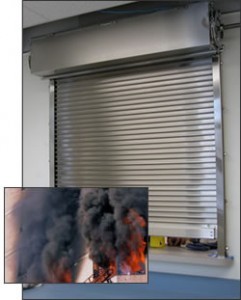
5. Global Compliance Made Simple
Navigating regulations doesn’t require a law degree:
- U.S.: Annual NFPA 80 inspections and bi-annual drop tests are mandatory
- EU: Post-2019 installations need CE marks under EN 16034
- Insurance Perk: Compliant facilities see 10–15% lower premiums 9

6. Innovations Changing the Game
- Predictive AI: Shutters self-test monthly and flag worn parts via email alerts
- Biometric Locks: Palm scanners replace keys while audit-trailing access attempts
- Hybrid Materials: Titanium mesh layers deflect heat without adding bulk 10
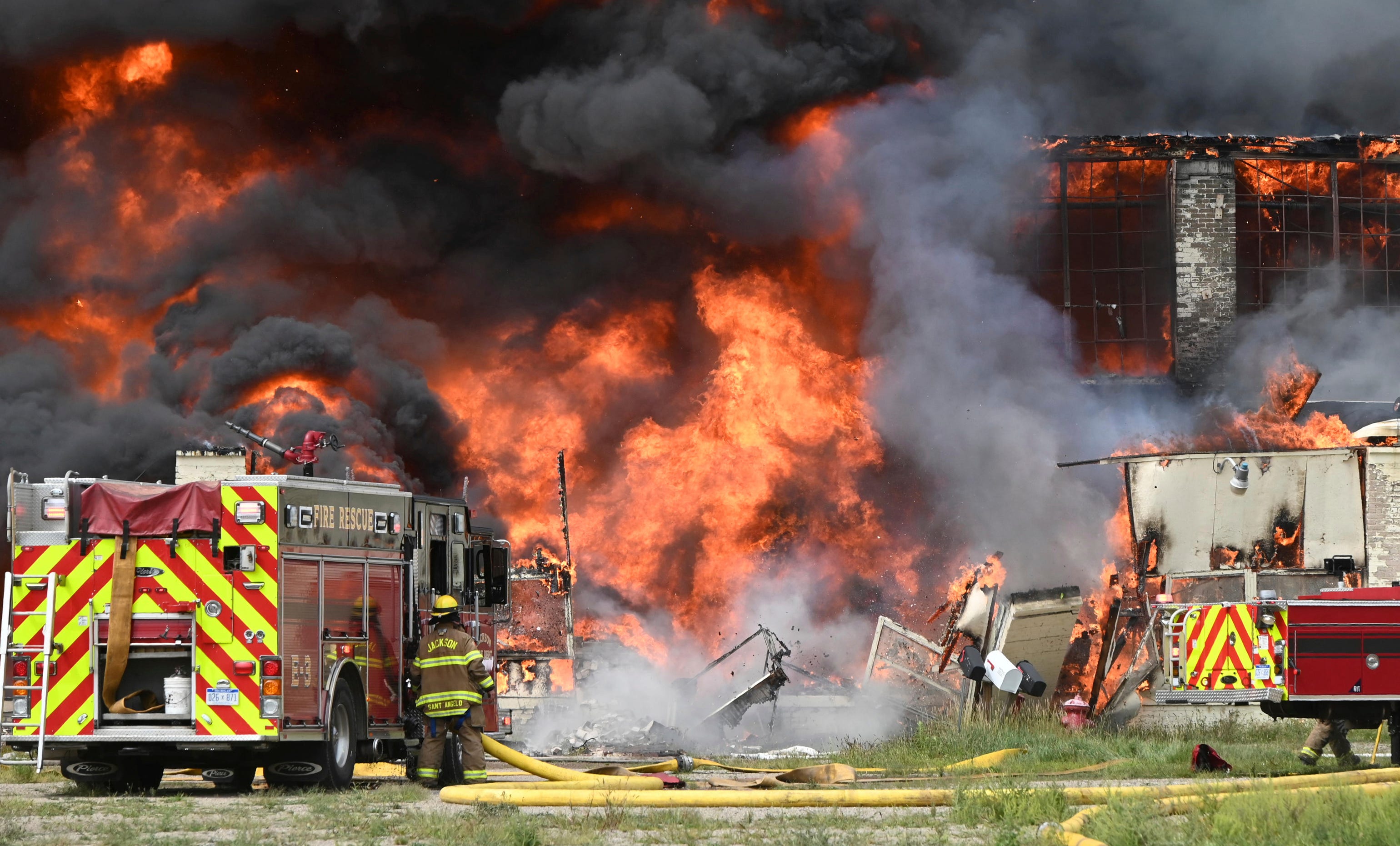
7. Straight Talk from the Field
- Cost Concerns: “Our insulated shutters cost 20% more upfront but paid off in three years through energy savings,” shares a Michigan plant supervisor 5.
- Maintenance Wins: Facilities doing quarterly lubrication cuts repair costs by 60% 12.
- Regulation Headaches: A Phoenix warehouse faced $28k fines for improper EU-certification, a cautionary tale for multinationals 13.
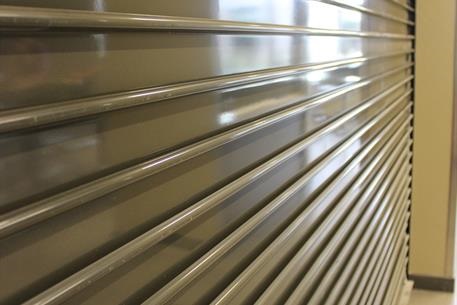
Conclusion
Beyond helping you survive a fire, the next generation of rolling fire shutters help your business keep running strong. With materials and tech getting better every year, these systems are becoming more proactive in risk management. For CFOs, they’re ROI calculators slashing insurance and energy costs. For safety officers, they’re silent guardians buying crucial response time. And for architects, they’re design elements that don’t scream “industrial.” Fire risks keep changing and getting more complex, but at least there's one thing you can count on: rolling shutters that you can actually see working, systems solid enough to touch, and protection you know you can trust when it matters most.
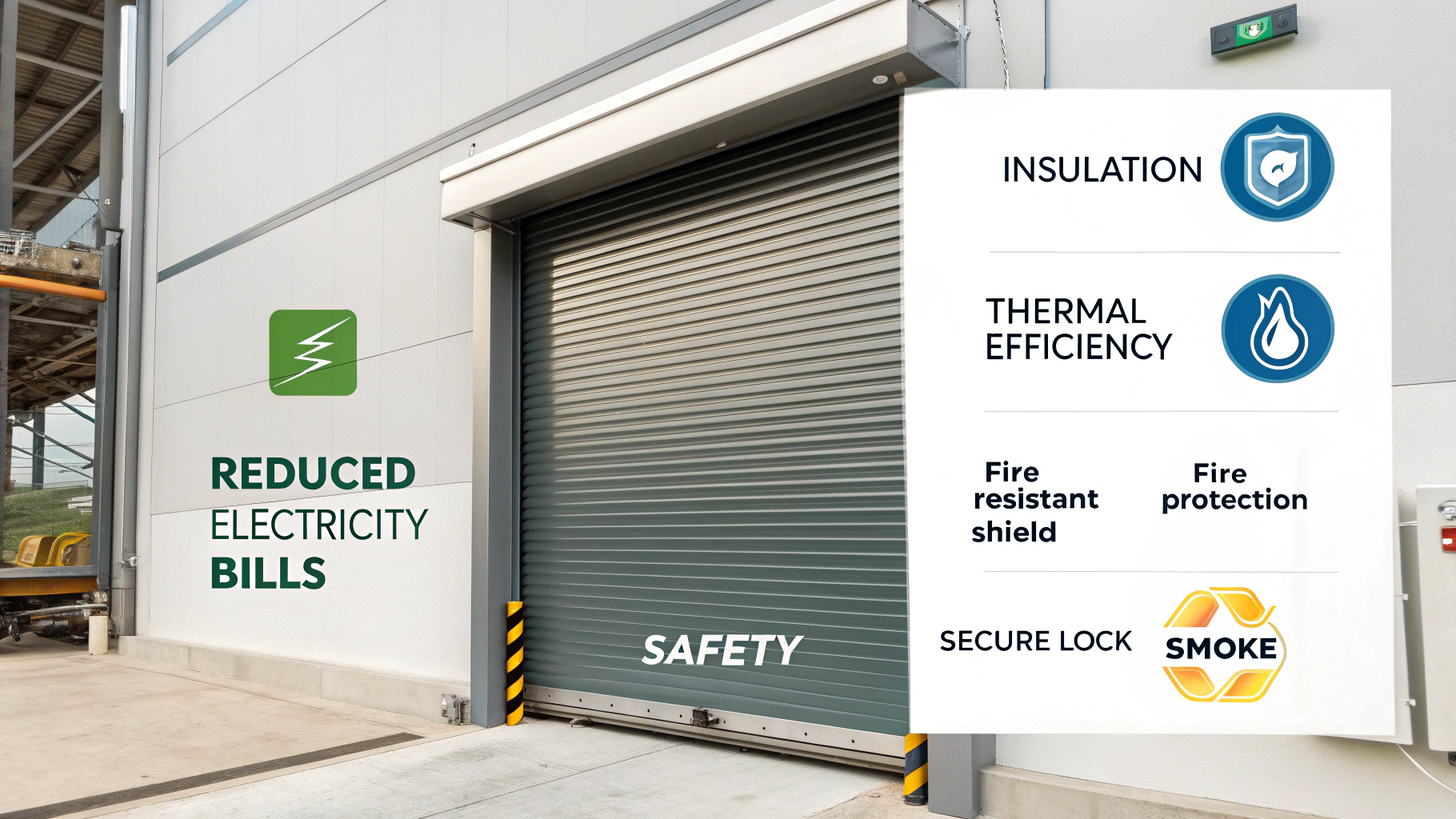 Author: Jimmy | Date: June 19, 2025
Author: Jimmy | Date: June 19, 2025
